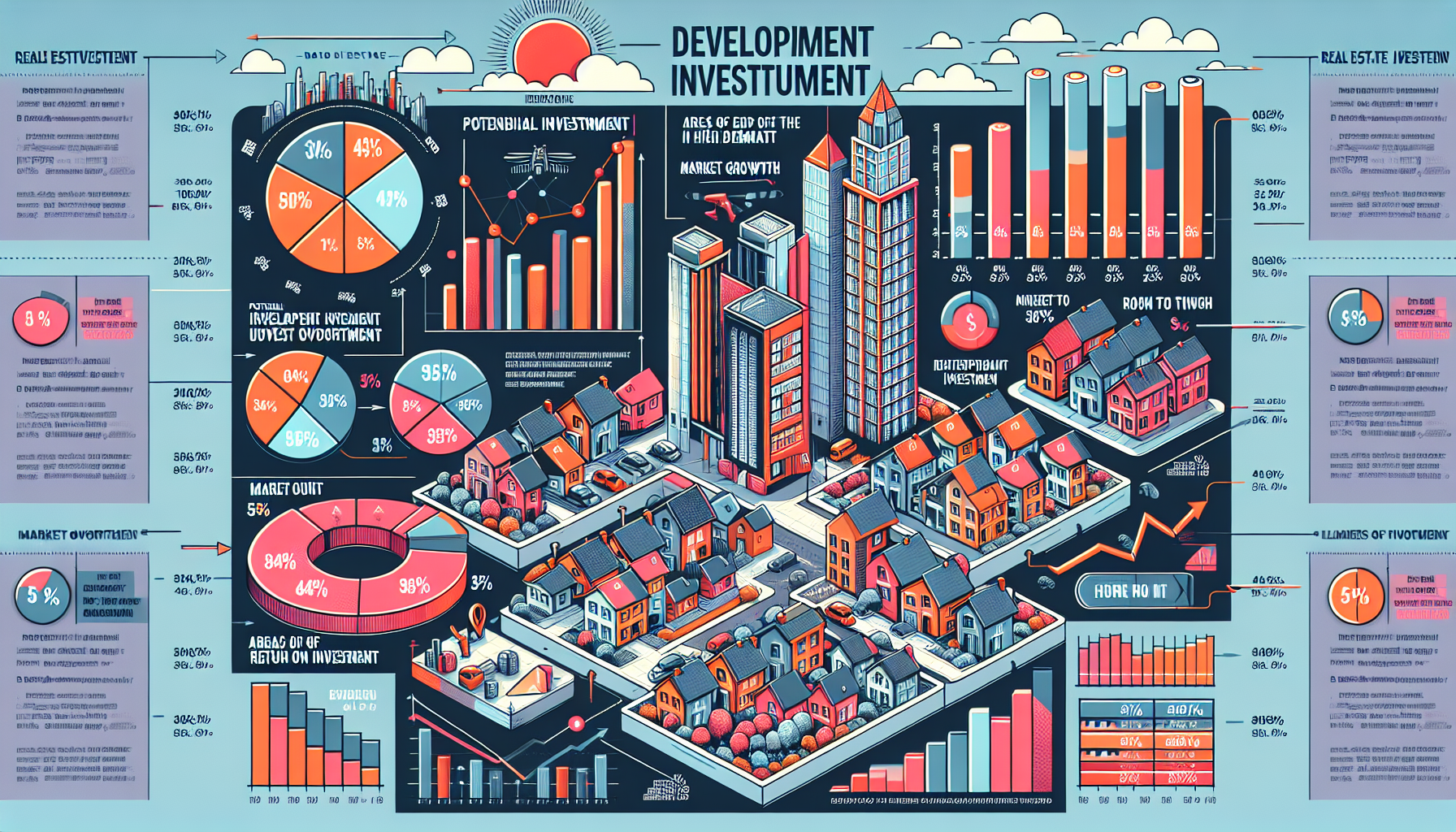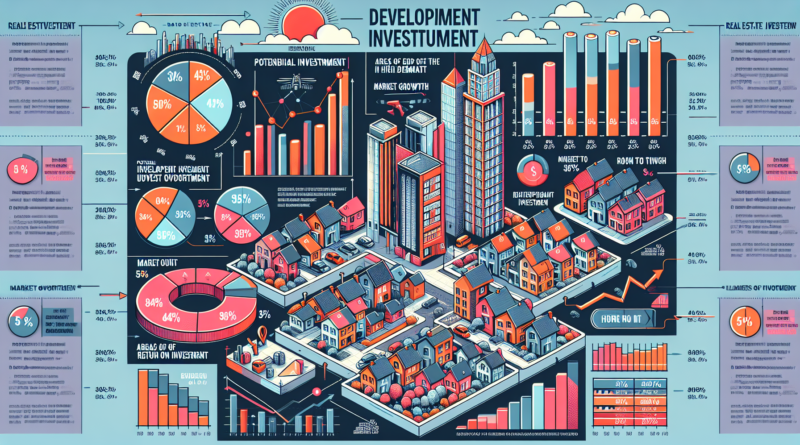Trends in Real Estate Investment
The real estate investment landscape is continuously evolving, driven by technological advancements, economic shifts, and changing consumer preferences. Understanding these trends is crucial for investors looking to maximize returns and minimize risks. This article explores the most significant development trends shaping the future of real estate investment.
Technology Integration
Technology is transforming real estate investment in unprecedented ways. From virtual reality tours to blockchain transactions, technology is enhancing transparency and efficiency. **PropTech**, a term for property technology, is revolutionizing how properties are bought, sold, and managed. Investors are increasingly relying on data analytics to make informed decisions, predicting market trends, and assessing property values with greater accuracy.
The Role of PropTech
PropTech is not just a buzzword; it’s a game-changer in real estate. By leveraging technology, investors can streamline operations, reduce costs, and improve tenant experiences. Whether it’s through smart home technologies or AI-driven property management systems, PropTech is paving the way for a more efficient and sustainable real estate market.
Sustainability is no longer optional in real estate investment. With growing awareness of environmental issues, investors are prioritizing eco-friendly properties. **Green buildings** not only reduce carbon footprints but also offer long-term cost savings through energy efficiency. The demand for sustainable properties is rising, driven by both regulatory requirements and consumer preferences.
Urbanization and Smart Cities
Urbanization continues to shape real estate markets globally. As more people move to cities, the demand for urban housing and commercial spaces increases. **Smart cities** are emerging as a response to urban challenges, integrating technology to improve infrastructure, transportation, and public services. Investors are keen on smart city projects, which promise enhanced quality of life and sustainable growth.
Investing in Smart Cities
Smart cities represent the future of urban living. By investing in smart city projects, real estate investors can capitalize on the growing demand for innovative urban solutions. These projects offer opportunities for high returns while contributing to sustainable urban development.
The rise of remote work has reshaped the commercial real estate sector. Companies are rethinking office spaces, leading to increased demand for flexible workspaces and co-working environments. Investors are exploring opportunities in adaptive reuse of properties, transforming traditional office spaces into versatile environments that cater to the needs of modern businesses.
Demographic Shifts
Demographic changes are influencing real estate investment strategies. The aging population, for instance, is driving demand for senior housing and healthcare facilities. Meanwhile, millennials and Gen Z are entering the housing market, seeking affordable and tech-enabled living spaces. Understanding these demographic trends is essential for investors aiming to align their portfolios with market demands.
Adapting to Demographic Changes
Investors must adapt to demographic shifts to remain competitive. By focusing on properties that cater to the needs of different age groups, investors can diversify their portfolios and tap into emerging market segments. Whether it’s senior living communities or urban apartments for young professionals, demographic trends offer valuable insights for strategic investment.
Staying informed about development trends in real estate investment is crucial for success in this dynamic market. By embracing technology, prioritizing sustainability, and understanding demographic shifts, investors can position themselves for long-term growth and profitability. As the real estate landscape continues to evolve, those who adapt to these trends will be best equipped to navigate the challenges and opportunities ahead.


